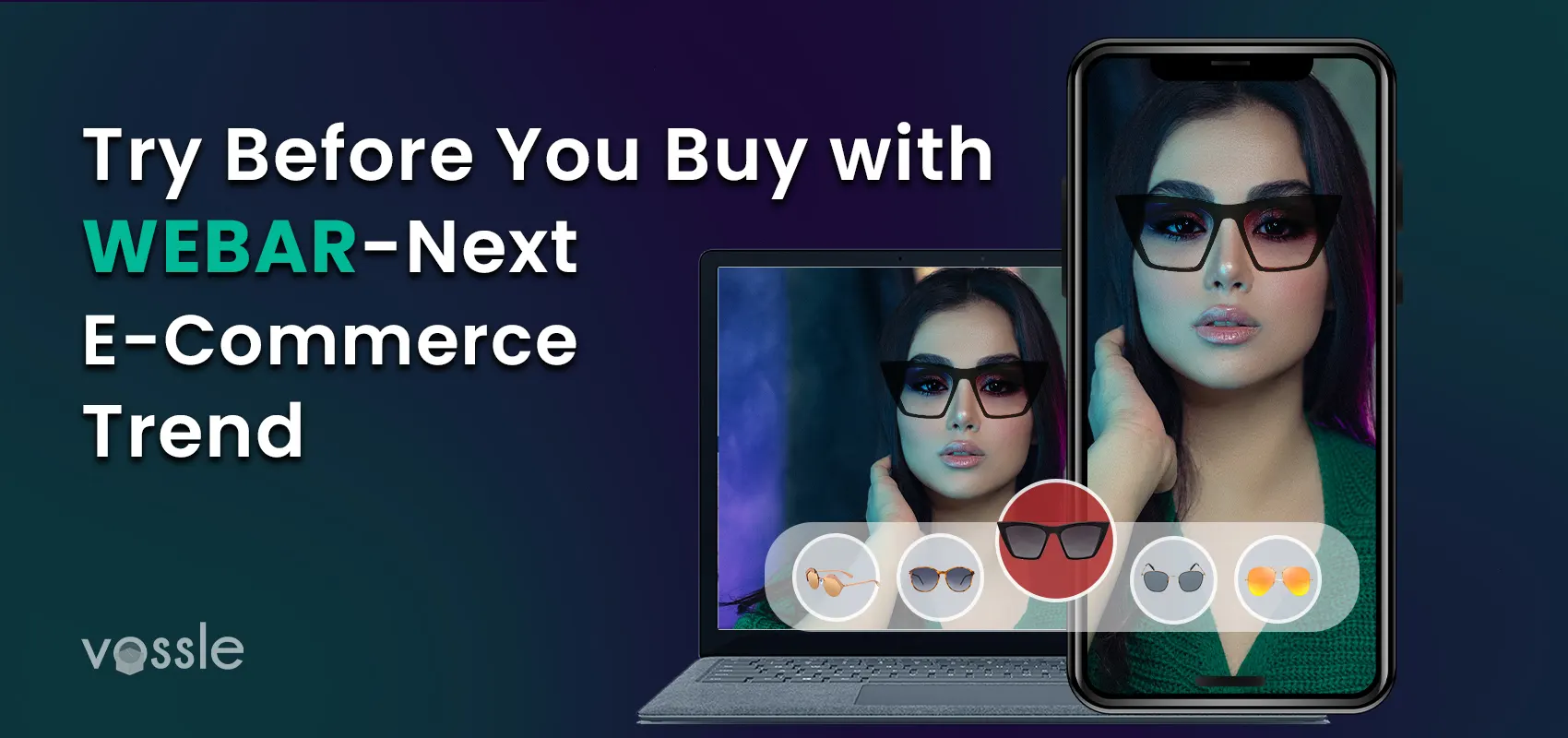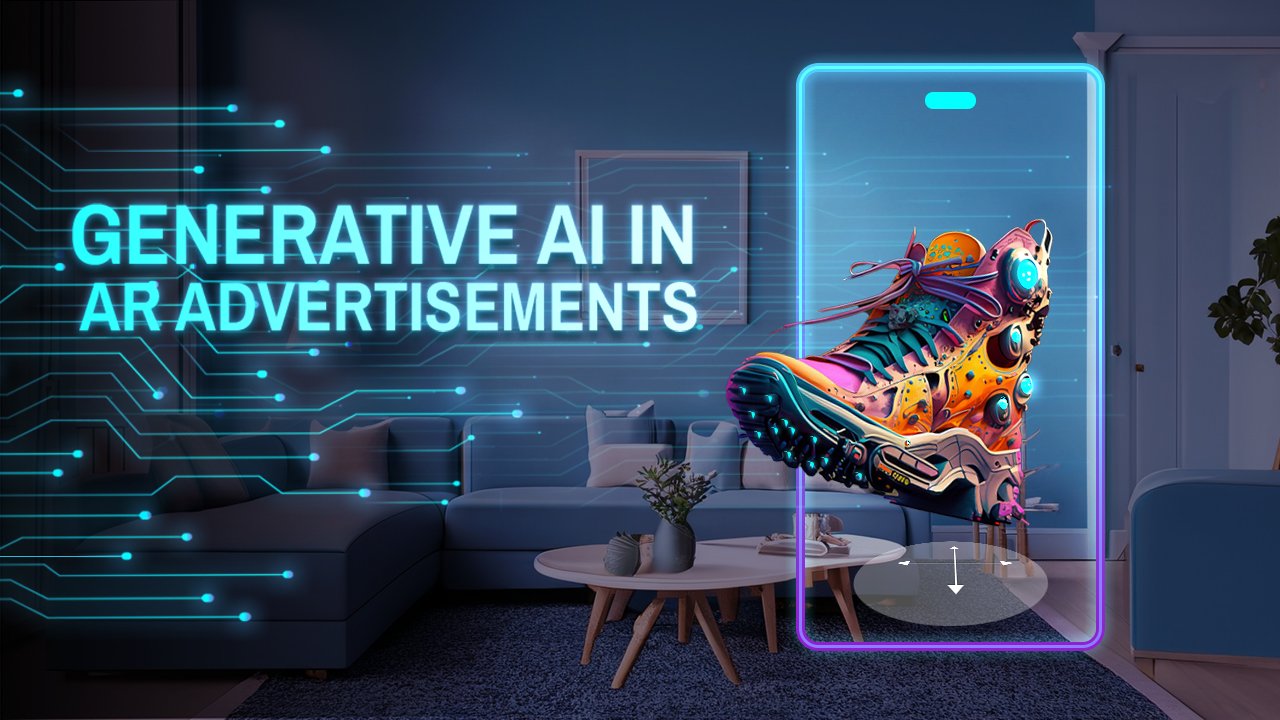The new online trend of “try before you buy” is giving brick-and-mortar merchants a fight for their money. This is especially true when it comes to the next generation of buyers. Consumers are becoming more tech aware, and brands must stay up with them.
As a result, ar for eCommerce enterprises now have a whole new horizon to consider. To know more about this concept, visit vossle.ai.
What is Try Before You Buy?
Try before you buy is a conversion-centered design philosophy that allows firms to offer free content (such as apps) for a short period or with limited features. It’s a quantifiable approach for increasing brand loyalty.
Consumers can see if they should put their funds or knowledge in an item by sampling it completely or partially. It states right on the tin: “Try before you buy.” Customers get the opportunity to check out your products before making a purchase. In the same way that they do in retail stores.
If a customer decides not to purchase goods, they are usually given the option of returning them for free.
- Customers choose their purchases on the website and then select “pay later” at the checkout.
- The order will be shipped once you have completed the checkout process. An email confirmation is issued when the customer’s bill is received. This is usually shipped between 7 and 30 days after delivery.
- After receiving their things, the shopper can log on and pay for the items they want to keep. An item is discarded if it does not fit or perform properly. Returns, like shipping, follow your company’s standard procedure.
Tell people why they will like your product:
There are a few things you might say to persuade folks why they would appreciate your product:
- Their interactions with you have been as follows:
Your prospects’ worth will be determined by how you make them feel. This covers things like how well you communicate, the depth of your information, the quality of your website, and so on.
Allowing your prospects to contact you in the way that they choose will encourage them to participate in conversations with you (e.g., some people may relate to a blog post while others are more engaged by video or audio content).
Recall that you’re marketing to people first, so remember personal details and pay attention to what they’re saying.
- Benefits of your product or service include:
People buy things for two reasons: to improve enjoyment (e.g., glowing health, independence, or popularity) or to alleviate misery (e.g. stress, financial problems, poor health).
As you interact with your target audience, focus on the most appealing benefits of your product or service—-then make sure you follow through on your promises. Be as precise as possible.
- Your reliability and reputation:
Do everything you can to guarantee that your clients, prospects, friends, coworkers, and colleagues regard you as a valuable individual. Remember that credibility, plausibility, and honesty will gain you far more clients than inflated boasts and outrageous promises.
- What they get in return:
Although most shoppers are price conscious, the overwhelming majority do not base their purchasing decisions only on price. Rather, they think about value, which is the gap between what something costs and how much it is worth to the consumer.
What does value entail in the realm of social media? Great content, professional counsel, and personal connections are the answers.
- Make transactions simple, secure, and safe:
When people believe the risk is low, they are more likely to fork over their money. Strong assurances, a good privacy policy, and secure payment mechanisms are the greatest ways to reassure potential customers.
Allowing product trials with Augmented Reality
Augmented reality can help you create memorable experiences for your customers. People propose creating AR material that suits both the product and the location where you want to showcase the product for the best results.
- Push the boundaries of reality:
Why imitate a conventional music festival if the goal is to effectively disturb a customer’s day with a one-of-a-kind encounter? Customers have most likely seen something similar previously. Sony might have gone even further by putting near-impossible aspects into the concerts, such as wild light shows, quick band clothing changes, or even a whale floating across the audience.
- With augmented reality, you may stop customers in their tracks:
Marketers may use augmented reality to create eye-catching, often seemingly unachievable campaigns. It goes much beyond what a regular commercial can do. And that is just what brands require in order to persuade customers to try new products.
Most marketers link augmented reality with generating innovative experiential marketing campaigns or conveying brand tales. However, when combined with on-the-ground brand ambassadors, AR may be a powerful tool for encouraging product sampling.
Examples of a brand using try before you buy:
Try-before-you-buy programs have swept the internet retail business, catering to everyone from working moms to professionals to kids and tweens. According to one survey, by 2019, up to a quarter of all retailers would have implemented some form of try-before-you-buy program.
Examples include:
- Nordstrom Trunk Club
Customers in the Trunk Club can pick how often they want trunks delivered: monthly, bi-monthly, seasonally, or on a certain date. Customers discuss their style preferences with a stylist online, the stylist selects a selection of products, and the consumer decides whether to accept or replace each item before it is mailed for them to try on. Trunk Club claims to be focused on human connections.
- Birchbox
The company, which was founded in 2010, now has over 1 million subscriptions and 2.5 million active clients. According to the company’s fact sheet, full-size sample sales account for roughly 35% of revenue, and about 50% of subscription customers shop for full-size goods on Birchbox.com. In addition, the brand maintains retail locations in New York City and Paris.
- Prime Wardrobe
Through its clothes service, Prime Wardrobe, Amazon Prime offers a try-before-you-buy option. Customers shop on the website and select up to eight goods to enjoy for seven days, with only the items they keep being charged.
Members can take advantage of a full-service shopping experience, which includes selections organized by style, occasion, and fit, as illustrated. Customers who want even more assistance can use Prime Wardrobe’s Personal Styling tool, which selects items based on their preferences.
Try-before-you-buy programs are extremely versatile, and marketers should be aware of the various ways in which these programs delight clients and tailor the purchasing experience. As a customer, people would be more interested in a company that is so sure of their product that they give it away for free before making a commitment.
examples created using vossle
Some examples created using Vossle are given below:
- Automotive:
Video is making the research process for automobile buyers much easier while also generating a lot more meaningful and personalized experience with Vossle. Virtual test drives, 360-degree interior views, and exterior walkarounds are all available in vossle.
66% percent of automobile purchasers claimed they could be persuaded to buy a car based on a 360-degree video without even driving it. Automobile manufacturers are attempting to give the finest car experiences to consumers by combining virtual and augmented reality technology.
According to Vossle, revenue from augmented/virtual reality is expected to reach $120 billion by 2020. When it comes to advertising, automobile competitors are prioritizing digital as the most effective platform. According to industry experts, the annual digital marketing expenditure for cars will surpass $14 billion by 2020, a 200 percent rise in just three years.
- Restaurants:
As technological advancements continue to improve the online user experience as well as the efficiencies and allure of delivery services, virtual eateries are becoming increasingly popular with Vossle.
Many companies are substantially investing in virtual restaurants and the technology that enables them. For example, GrubHub, a pioneer in the food-delivery industry, recently paid $390 million for LevelUp, a company that assists eateries with digital payments and customer loyalty. Restaurant customers can use the internet to peruse menus, place orders, and pay for their meals.
The restaurant is notified when an order is placed, and they begin preparing the food in their kitchen. When the food is ready, a food-delivery service delivers it to the customer’s designated location during the ordering procedure. Payment is distributed to all relevant parties once the transaction is completed.
- Furniture:
The use of a separate app was required for all early iterations of AR-enabled shopping with Vossle. You couldn’t use the AR technology supplied by the ARkit(iOS) or ARCore(Android) engines without an app.
Furniture retailers are essentially taking the guesswork out of online furniture shopping by allowing online buyers to place and visualize objects in their own space with Vossle. Furniture manufacturers may now reach audiences that were previously inaccessible, such as customers who would not visit your store due to the distance.
Last but not least, augmented reality allows you to shop online in a new and fascinating way. Traditional shopping does not attract people or create a buzz as AR shopping does.



















